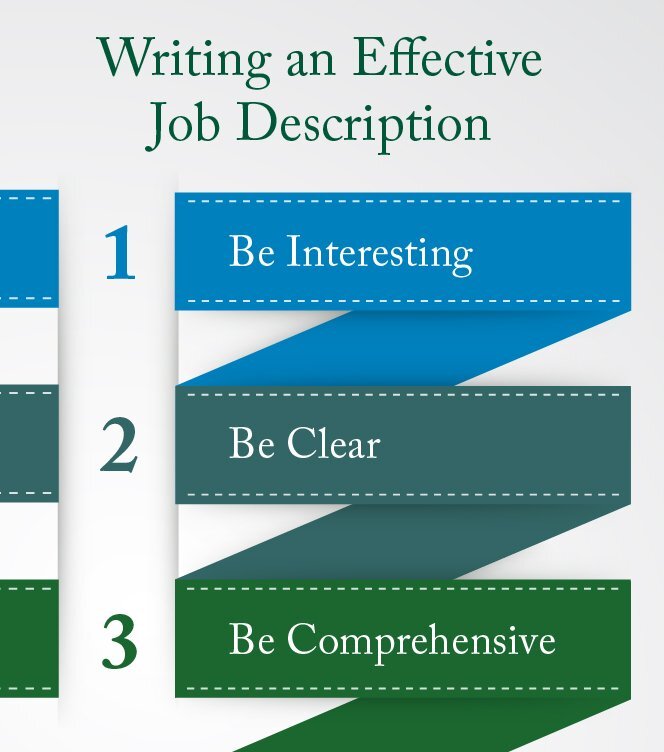A Simple Guide for HR Professionals

For human resources (HR) professionals, landing a job is only the beginning of their time spent with the application process. Once hired, the tables will turn and they’ll find themselves on the hiring end of the spectrum.
Anyone who’s applied for a job has most likely interacted with HR, either directly or indirectly. HR professionals are often the ones who will make the first contact with a potential hire. But even if they’re not the first contact, it’s more than likely that the job description the applicant responded to was written in full, or with the help of, someone in HR.
Since human resources departments everywhere hold the extremely important role of both attracting and landing talent—as well as transitioning new hires smoothly into the company’s culture—it’s important to know the basics of where the hiring process begins. A good place to start? Knowing how to write a job description. Below is a simple, high-level outline of how to write an accurate, eye-catching and effective job description for HR professionals.
Step One: Be Interesting
Applying for a new job is a significant moment in a person’s life. To attract top-level talent for your open positions, you’ll need to create descriptions that are substantive and provide key points that may be immediately interesting to a potential applicant. Unfortunately, most job descriptions fail to provide that spark of engagement. Even if the job itself is not what one might consider exciting, there’s always a way to provide positive energy about the position and the company in how you describe them.
This can be accomplished by simply taking a more creative approach to writing job descriptions. For example, using shorter, punchier sentences will go a long way toward giving a description a more conversational and friendly feel. It will also lend the piece greater style and personality, which should lead to more engaged interactions from potential employees.
Step Two: Be Clear
A lot of jobs have their own internal vernacular. For example, if you were to write a job description for a computer scientist, you’d want to include language specific to that field such as programming languages like Java and Python. However, if you’re not using industry-specific terminology, it’s important to be concise and articulate and avoid jargon altogether. This is crucial because it allows all applicants to quickly and effectively understand the role and its responsibilities.
Being direct and clear in a job description is advantageous for HR professionals as well as applicants. If applicants know exactly what they’re getting themselves into when they apply for a job, HR professionals will be less likely to receive an overload of unqualified candidates and will have the opportunity to focus only on the best applicants.
Step Three: Be Comprehensive
When writing a job description, the most important element—above style, voice and everything else—is accuracy. An HR professional must do their due diligence and ensure that they’ve correctly portrayed both the job and the company being advertised. This means clearly and comprehensively defining the job function, being sure to add any necessary disclaimers about the nature of the role.1
Effectively conveying information of this sort requires strong attention to detail and organizational skills. It also asks HR professionals to apply critical thinking to help the hiring manager determine the most essential requirements a candidate should possess for the open position.
A Talent for Talent
Finding employees with the right skillsets who also fit perfectly into a company’s culture is extremely difficult. However, it’s one of the most vital tasks in any business, as it will literally determine the success of the workplace. While the hiring process is multi-faceted, landing the right employee all begins with writing the ideal job description. Hopefully this guide will help you discover ways to improve your job descriptions and, in turn, your and your company’s outcomes.
Want to learn more about what it takes to be an HR professional? Discover the online Master of Jurisprudence in Labor & Employment Law (MJ-LEL) from Tulane University.
- Retrieved on May 30, 2018, from blog.shrm.org/blog/shrm-how-to-developing-a-job-description
